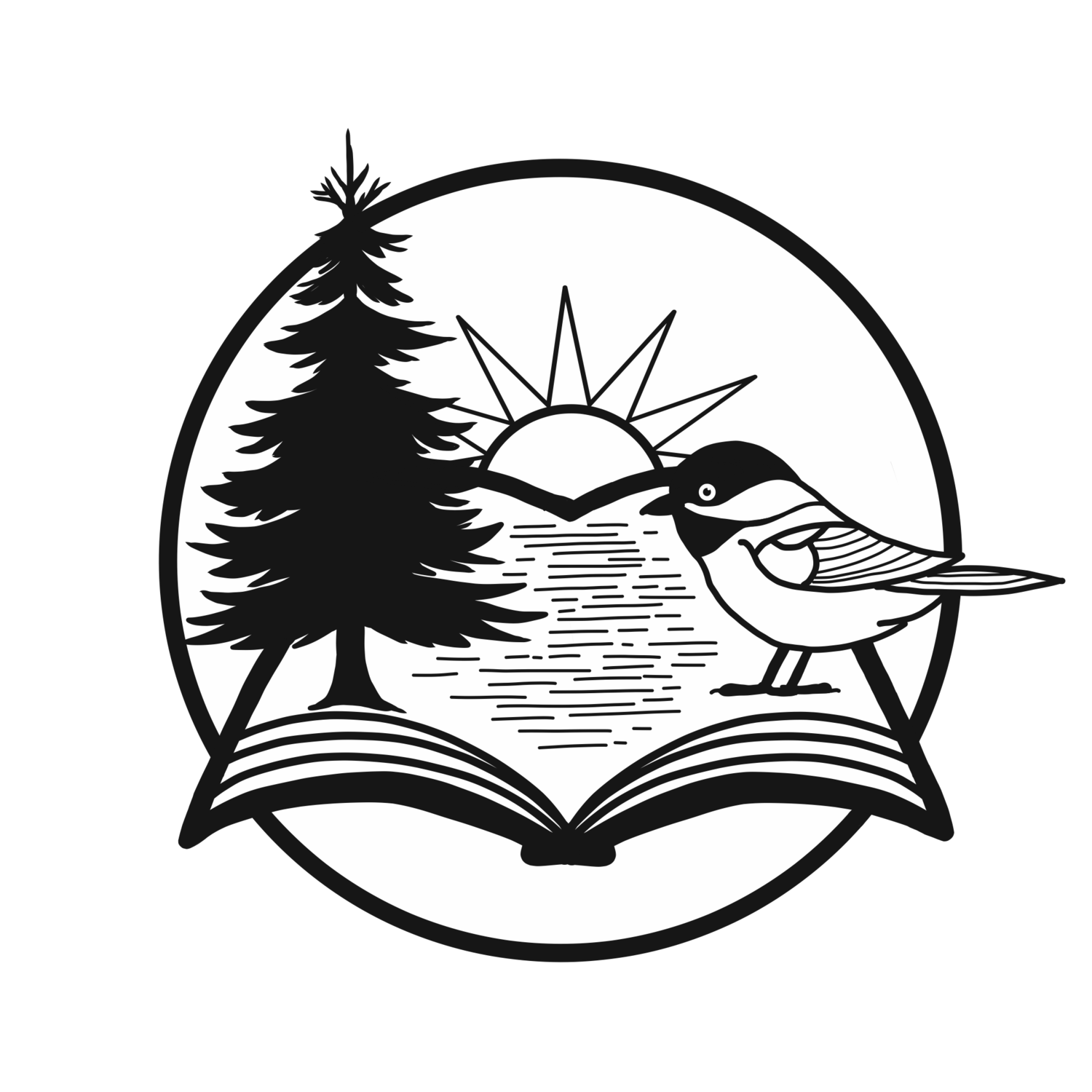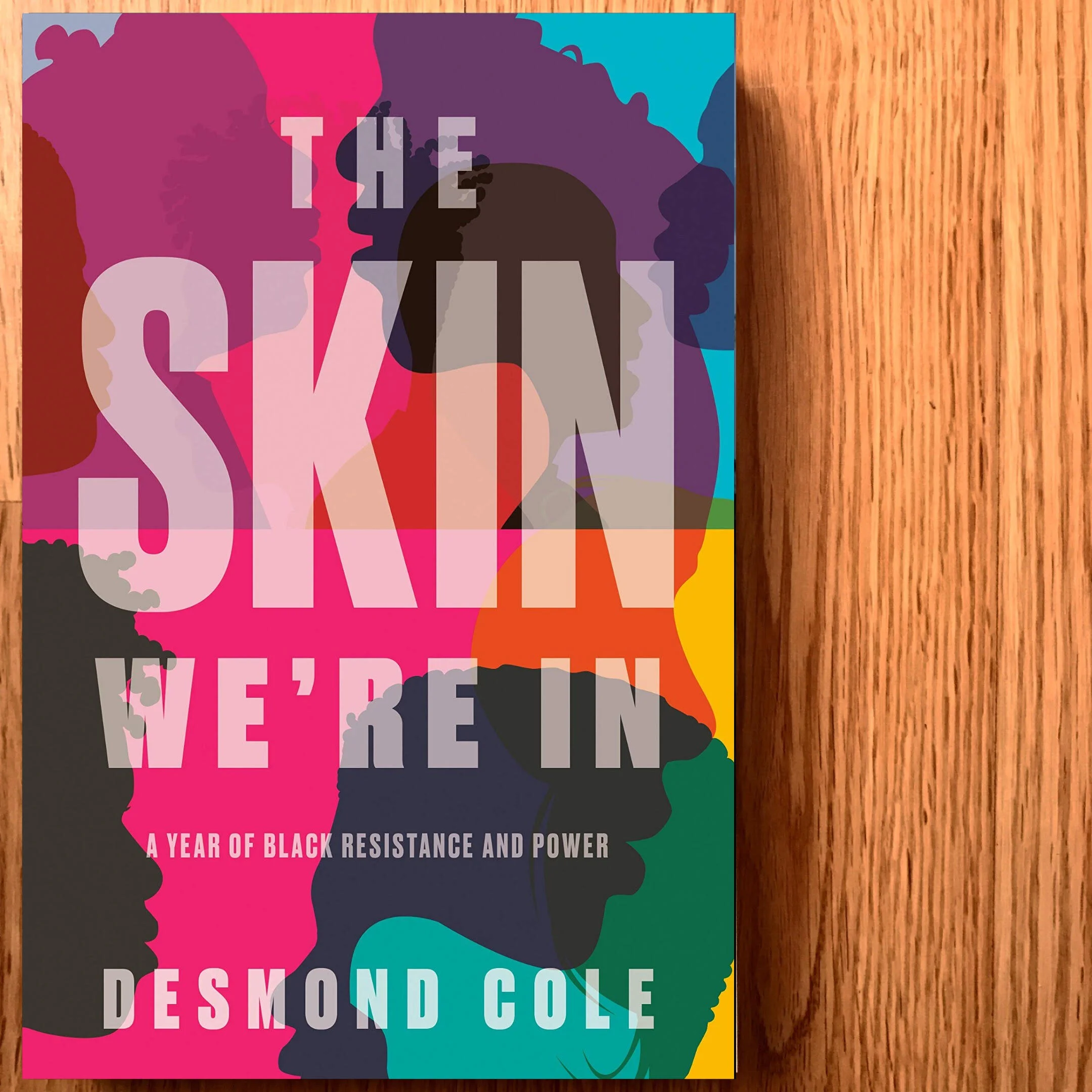With Christine McFaul
Photo by Phil Timberlake
I loved Skunk and Badger. It was clever, funny, and unlike what I have been reading in the early reader category lately. Thank you for giving me this opportunity to go beyond the pages and learn more about the process of creating such an irresistibly quirky story.
Skunk and Badger are so perfectly paired. Was there a classic odd couple that inspired their characters?
It’s me! I mean, I am both of these characters. In some very real ways, this book is about my struggle with two characteristics of myself. I have my Important Rock Work and I fight for focus, focus, focus. And then there’s the Skunk side of me (joyful, playful, full of enthusiasms for nearly everything). I would like these two sides of myself to reconcile, and be good roommates. Is there hope? I am unsure.
Which scene was most fun to write? Did you ever find yourself laughing out loud while concocting some of the more humorous exchanges?
I cannot remember! But yes, I chuckled as I wrote. North Twist has been a joyful place to inhabit.
What was it like to work with the brilliant Jon Klassen? Were his illustrations how you pictured the characters / scenes while you were writing them or did they surprise you?
It was as if Jon plucked the characters straight from my head. I would open the email attachment and think, ‘Oh look, there’s Badger at his rock table.’ And then I’d realize I’d never seen Badger at his rock table, and I’d feel this chill. I kid you not, it was uncanny. So what’s it like working with Jon? A joy. I highly recommend it!
This book does not shy away from using “big” words or from exploring subtle and complex themes. This seems like a rare choice in children’s books these days. Why did you decide to include both in Skunk and Badger?
I love words. I love their sounds. I love the way words roll on the tongue. Some words beg to be spoken for the pure pleasure of speaking them! I wanted kids to have that fun too, so I put all that play and music and syncopation into the sentences. And yes, this means that sometimes an unusual word puts in an appearance.
I did think a lot about the vocabulary, and the presentation of the earth science. With the vocabulary, I’ve laid clues in the text – in lists of similar words, or in what Badger is thinking – so a young reader could understand by context. With the earth science, I took a lot of time and care, thinking everything through step-by-step.
About the subtle themes: Yeah, I see what you mean, but life IS complex and kids live within life’s complexity. I don’t want to simplify what is not simple. I try to tell the truth as clearly as I can. I’m laughing now because SKUNK AND BADGER is a story with animals in sweaters, and yet, I don’t want too much sugar-coating!
What do you hope readers will take away from this story (aside from a newfound obsession with chickens, of course!)?
It’s true! I imagine no one, myself included, will look at chickens in the same way after reading SKUNK AND BADGER. All those tufts! The feathered booties! And there really is a purple chicken – google ‘Lavender Orpington.’
Mostly, I’m hoping the story sticks in someone’s thoughts after the book is finished. I’m hoping for resonance, something to think about. Maybe it’ll be some aspect of Skunk and Badger’s relationship, or maybe it’ll be that someone will look at a rock with more interest. Perhaps someone will take up the ukulele! I’d love that! I do hope that people are brought together by these stories. I have fond memories of my parents reading stories aloud to me. I’d like SKUNK AND BADGER to be part of that reading-aloud tradition.
Electronics, cell phones, computers, etc. are conspicuously absent in this story. Why did you choose not to include them?
I’m chuckling. Yeah, there’s not that kind of tech in these stories. Kitchen gadgets – okay. Electricity? Fine. But they’re animals, and I have difficulty believing that animals would be as caught up in their electronics. North Twist doesn’t even have cars, so there are no roads, no parking spots. If you can’t walk somewhere, it’s too far.
Are you more like Skunk or Badger?
I am definitely both -- see very long psychoanalysis of the writer in question number 1.
With another fantastic novel that has gained a lot of praise and attention in Canada, I have to ask, will there be another book from you soon?
EGG MARKS THE SPOT, the second Skunk and Badger story, will be published September 2021. This story takes them into the woods, and it’s got some turns! And Jon’s art is FANTASTIC. I cannot wait for you to see this book!
What advice would you give to aspiring authors who are trying to navigate the publishing world?
To navigate the publishing world? You need an agent. That’s my short answer. Also, I think writing groups can be great. I have a dinner group of two other writers and pre-pandemic, we went out every month to catch up and talk business.
But here’s what I try to do when I’m writing: I try my darndest to not pay attention to the publishing world. Instead, I ask myself: If I could only write one more book, what book would I write? Then I write that book. While writing, I try to find ways to let myself play. I am disciplined and I sit in the chair, but I want to have fun too! And if you’re like me, you may need some strategies for the chatter in your head – the naysaying, the recriminations, the reasons why writing this particular book is a bad idea. Finally, when I’ve done draft after draft and it’s as good as I can get it, I send it to my agent. I could not navigate publishing without my agent.
What is your “must-read” book recommendation and what book has had the most impact and influence on your writing?
I like John Gardner’s The Art of Fiction, and Anne Lamott, Bird by Bird. Also, Robert McKee’s Story is helpful once you’ve got a very good draft.
BUT the best thing I’ve done for my writing recently has been to find writers I love and read everything they’ve written. I’ve only been doing this a few years, but the result has felt almost magical. It’s as if I wake up a better writer. I don’t know why this works for me, but it does.
Anyway, here are some writers from my list in case you’d like to sample a few: Jane Gardam, Kate Atkinson, Margaret Atwood, Paulette Jiles, Tim Winton, Tessa Hadley, Jim Shepherd, Tove Jansson, Rebecca Makkai, Pat Barker, Brian Doyle and Miriam Toews.
Hey, thanks for having me! It was fun to chat!





















